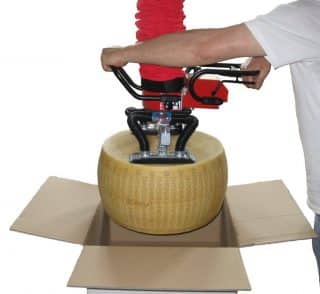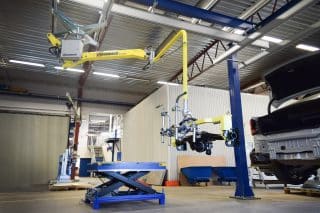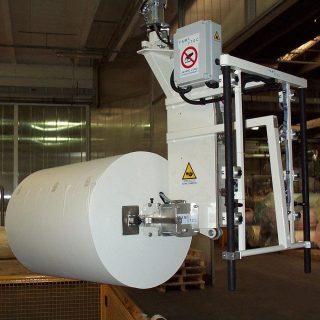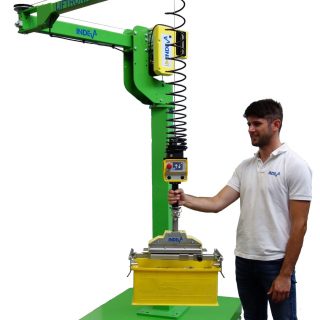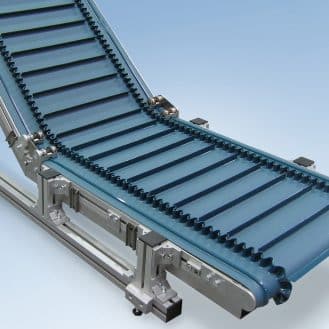An industrial manipulator is equipment for facilitating handling operations. It can pick up and manipulate heavy loads, enabling the user to carry out fast, convenient and safe handling. Manipulators are efficient and versatile and relieve users during laborious maneuvers such as gripping, lifting, holding and rotating loads.
Industrial manipulators are adapted to operators’ needs and designed to reduce the rate of workplace accidents. They also help reduce musculoskeletal disorders that affect operators when performing repetitive manual handling tasks.
They are used to:
– increase productivity
-make work less difficult and more agreable
-limit the number of accidents



